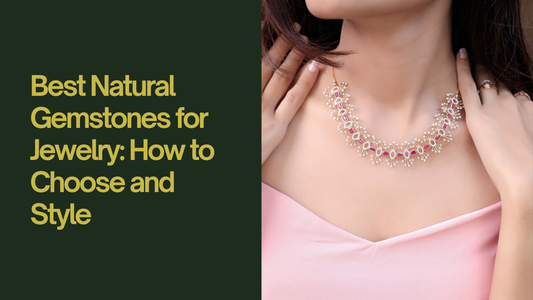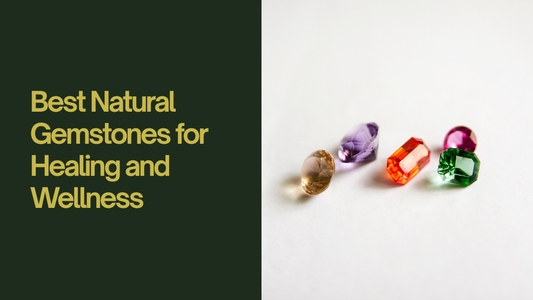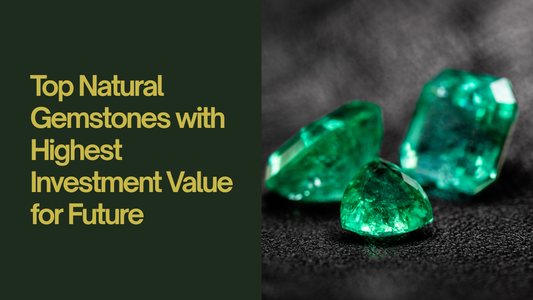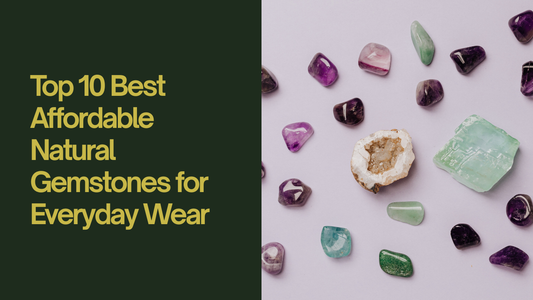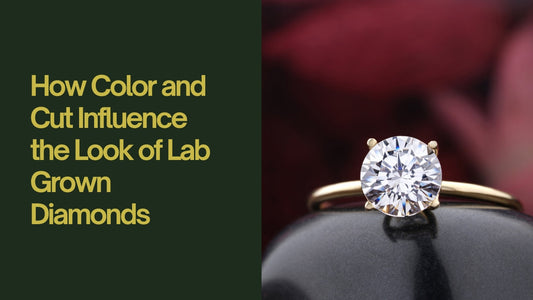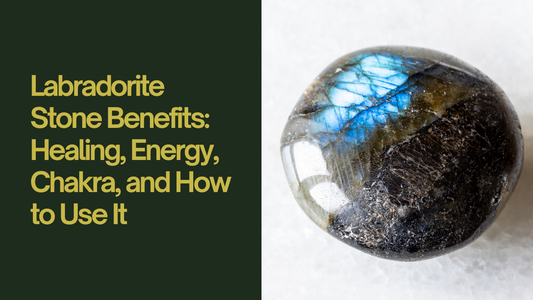
How to Choose the Perfect Diamond Ring for Your Engagement
Choosing the perfect diamond rings for your engagement is a significant decision that combines emotional, aesthetic, and financial considerations. Here’s a comprehensive guide to help you find the ring that symbolizes your love and commitment.
1. Understand the 4 Cs of Diamonds

The 4 Cs—Cut, Color, Clarity, and Carat weight—are the key factors that determine a diamond’s quality and price.
- Cut: This affects the diamond’s brilliance. A well-cut diamond reflects light beautifully, making it sparkle. Prioritize cut quality over other factors.
- Color: Diamonds are graded on a scale from D (colorless) to Z (light yellow or brown). Colorless diamonds are the most valuable, but near-colorless diamonds (G-J) offer excellent value.
- Clarity: Clarity refers to the presence of internal or external flaws. The scale ranges from Flawless (no inclusions visible under 10x magnification) to Included (flaws visible to the naked eye). Aim for a balance between clarity and other factors.
- Carat Weight: This measures the diamond’s size. While larger diamonds are more impressive, they are also more expensive. Choose a carat weight that fits your budget and preference.
2. Set Your Budget
Determine how much you’re willing to spend on the engagement ring. Traditional guidelines suggest spending two to three months’ salary, but the right amount depends on your financial situation and priorities. Remember, a meaningful ring doesn’t have to be the most expensive one.
3. Choose the Ring Setting
The setting is the metal framework in which the diamond is mounted. Popular options include:
- Prong Setting: Holds the diamond with metal prongs, allowing maximum light exposure for brilliance.
- Bezel Setting: Encircles the diamond with a metal rim for a modern, secure look.
- Pavé Setting: Features small diamonds along the band for added sparkle.
- Halo Setting: Surrounds the center diamond with smaller stones, enhancing its size and brilliance.
- Three-Stone Setting: Symbolizes the past, present, and future of your relationship with three diamonds.
4. Select the Metal

Common metals for engagement rings include:
- Platinum: Durable and hypoallergenic, perfect for those with sensitive skin.
- White Gold: Classic and elegant, requires periodic re-plating to maintain its shine.
- Yellow Gold: Timeless and traditional, offers a warm glow.
- Rose Gold: Trendy and romantic, has a pinkish hue.
5. Consider the Diamond Shape

The shape of the diamond is a matter of personal preference. Popular shapes include:
- Round: Classic and most brilliant.
- Princess: Modern and angular.
- Cushion: Soft, rounded corners for a vintage look.
- Emerald: Elegant with step cuts.
- Oval: Elongated shape for a unique look.
- Marquise: Maximizes carat weight with a striking appearance.
- Pear: Teardrop shape, combining round and marquise elements.

6. Evaluate Certification
Ensure the diamond comes with a grading report from a reputable laboratory like the GIA (Gemological Institute of America) or AGS (American Gem Society). This report verifies the diamond’s specifications and authenticity.
7. Consider Customization
For a truly unique ring, consider designing a custom engagement ring. This allows you to choose every detail, from the diamond and setting to the metal and engraving.
8. Seek Professional Advice
Consult with a reputable jeweler who can guide you through the process, answer your questions, and provide valuable insights. They can help you balance the 4 Cs according to your budget and preferences.
9. Think About Your Partner’s Style
Pay attention to your partner’s jewelry preferences. Do they prefer classic, vintage, or modern styles? Notice the metal colors and designs they usually wear. This will help you choose a ring that matches their taste.
10. Plan for the Future
Consider the practicality and durability of the ring for everyday wear. Some settings and metals require more maintenance than others.
Conclusion
Choosing the perfect diamond ring for your engagement is a memorable journey. By understanding the 4 Cs, setting a budget, choosing the right setting and metal, considering the diamond shape, and seeking professional advice, you can find a ring that perfectly symbolizes your love and commitment. Remember, the most important aspect is the thought and love behind the ring, making it a cherished symbol of your future together.

